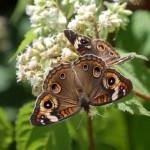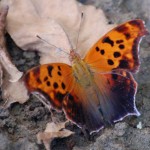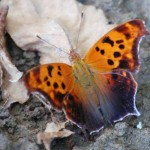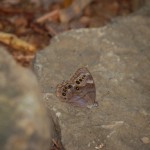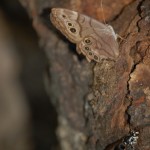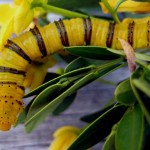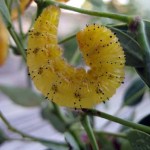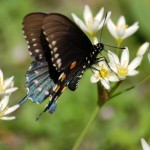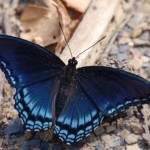The concept of butterfly gardening has been embraced by homeowners, school and park managers and arboretums throughout the nation. Planning landscapes to actually “invite” butterflies (and other insects) to enrich the environment is welcomed by entomologists and others who enjoy our insect fauna (Ajilvsgi 1991). Texas has over a hundred butterfly species (Neck and Agilvsg 1996) due to the diverse ecological regions in the state. Adult stages, the butterflies, are attracted to many flowering plants as nectar sources. They are also attracted to fermenting sap on tree trunks, wet soil areas for water and other sites that provide them the energy and capacity to disperse, mate and lay eggs on host plants. The fact sheet and poster set available through the Texas AgriLife Extension Service (below), is a beginners guide to selecting host plants for our most common butterfly gardening species, including the black swallowtail on parsley, dill or fennel, the gulf frittilary on passion vine, and monarch butterfly on milkweeds. Senna or cassia species are hosts to the orange-barred sulphur and similar species.
References
- A Field Guide to Butterflies of Texas – Raymond W. Neck and G. Agilvsg (Feb 1996)
- Butterfly Gardening for the South – Geyata Ajilvsgi (Apr 1, 1991)
Related
- Butterfly Plants – Brazos County Master Gardeners
- Beneficials in the Garden: Butterflies – Texas Master Gardeners
- Butterflies in Bloom

